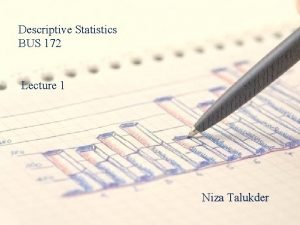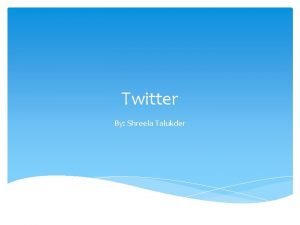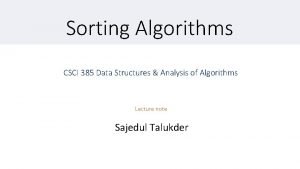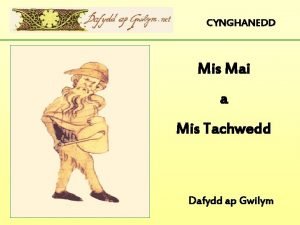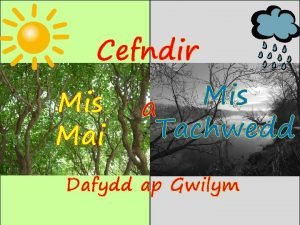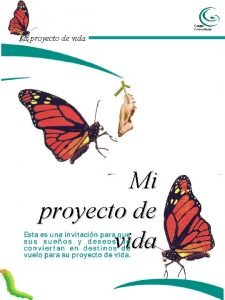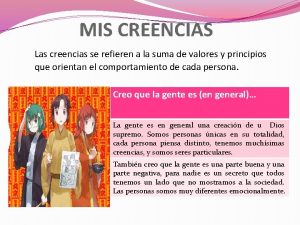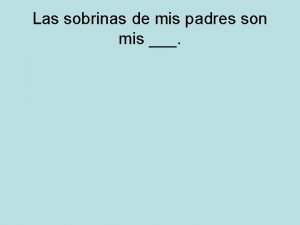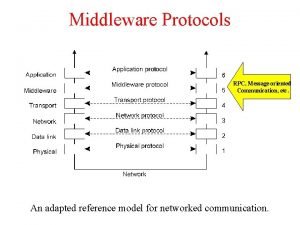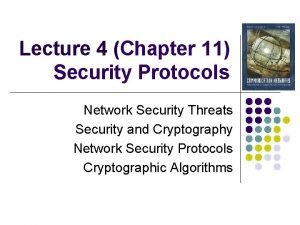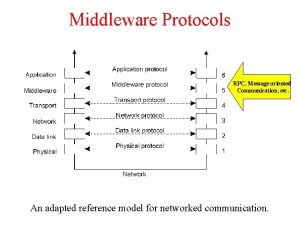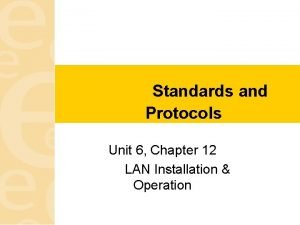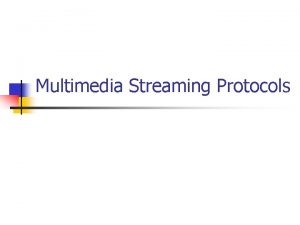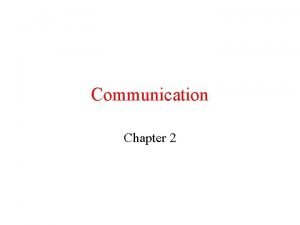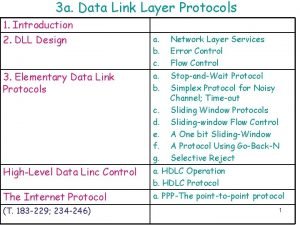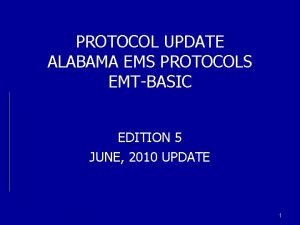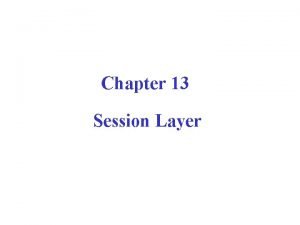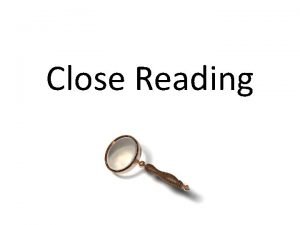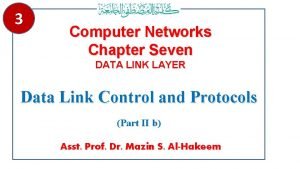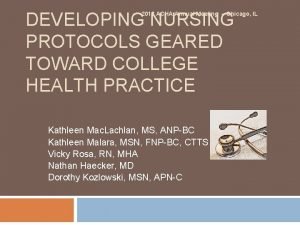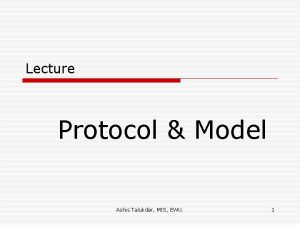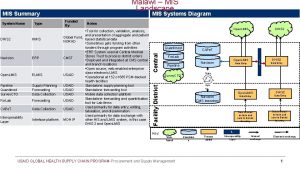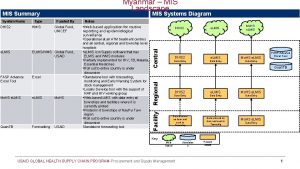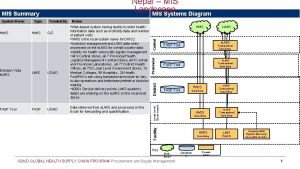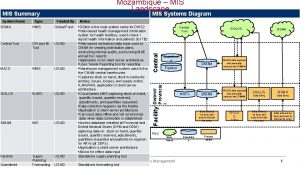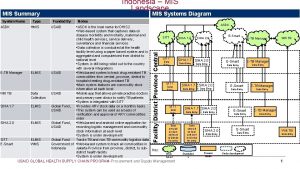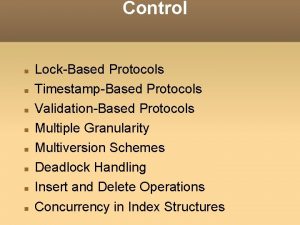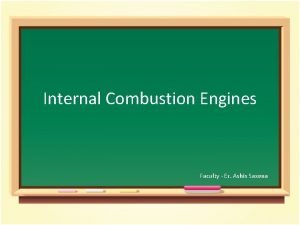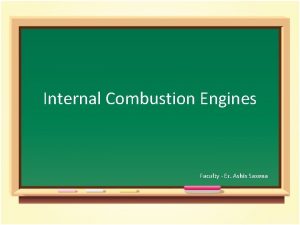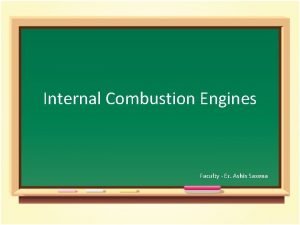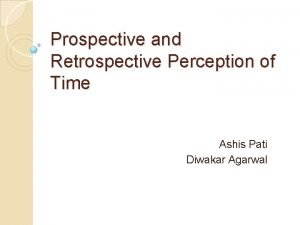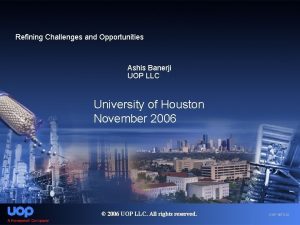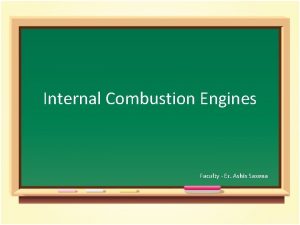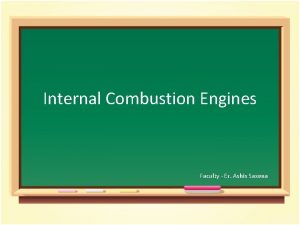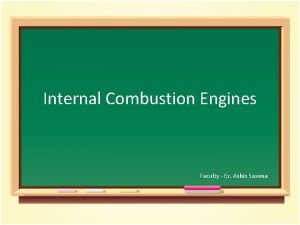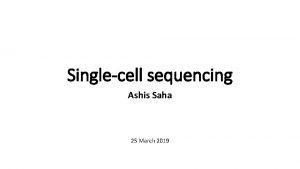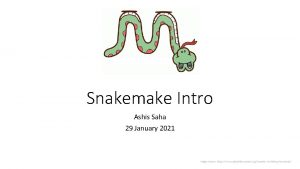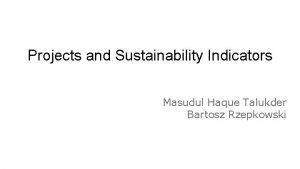Lecture On Early Protocols Ashis Talukder MIS DU























- Slides: 23

Lecture On Early Protocols Ashis Talukder, MIS, DU. 1

Last Class Ashis Talukder, MIS, DU. 2

Network Topology n n n Introduction: Protocol OSI Model TCP/IP Model Ashis Talukder, MIS, DU. 3

Today’s Class Ashis Talukder, MIS, DU. 4

Protocol & Protocol Models n Early Protocols: n n n ALOHA Slotted ALOHA CSMA/CD Ethernet: n n n 10 BASE 1000 BASE Ashis Talukder, MIS, DU. 5

ALOHA o o o developed for packet radio networks when station has frame, it sends then listens for a bit over max round trip time (hold time) n n n o o if receive ACK then fine if not, retransmit if no ACK after repeated transmissions, give up uses a frame check sequence (as in HDLC) frame may be damaged by noise or by another station transmitting at the same time (collision) any overlap of frames causes collision max utilization 18% Ashis Talukder, MIS, DU. 6

Slotted ALOHA o time on channel based on uniform slots equal to frame transmission time n o o o need central clock (or other sync mechanism) transmission begins at slot boundary frames either miss or overlap totally max utilization 37% both have poor utilization fail to use fact that propagation time is much less than frame transmission time Ashis Talukder, MIS, DU. 7

CSMA o o Carrier Sense Multiple Access stations soon know transmission has started so first listen for clear medium (carrier sense) if medium idle, transmit n n n o o wait reasonable time if no ACK then retransmit collisions occur at leading edge of frame if two stations start at the same instant, collision max utilization depends on propagation time (medium length) and frame length Ashis Talukder, MIS, DU. 8

CSMA/CD o o Carrier Sense Multiple Access with Collision Detection with CSMA, collision occupies medium for duration of transmission better if stations listen whilst transmitting CSMA/CD rules: 1. 2. 3. 4. if medium idle, transmit if busy, listen for idle, then transmit if collision detected, jam and then cease transmission after jam, wait random time then retry Ashis Talukder, MIS, DU. 9

CSMA/CD Ashis Talukder, MIS, DU. 10

Collision Detection o on baseband bus n n o collision produces higher signal voltage collision detected if cable signal greater than single station signal is attenuated over distance limit to 500 m (10 Base 5) or 200 m (10 Base 2) on twisted pair (star-topology) n n activity on more than one port is collision use special collision presence signal Ashis Talukder, MIS, DU. 11

Ethernet Ashis Talukder, MIS, DU. 12

Fast Ethernet Ashis Talukder, MIS, DU. 13

Fast Ethernet Ashis Talukder, MIS, DU. 14

100 BASE - X o o o uses a unidirectional data rate 100 Mbps over single twisted pair or optical fiber link encoding scheme same as FDDI n 4 B/5 B-NRZI two physical medium specifications n 100 BASE-TX o o o n uses two pairs of twisted-pair cable for tx & rx STP and Category 5 UTP allowed MTL-3 signaling scheme is used 100 BASE-FX o o uses two optical fiber cables for tx & rx convert 4 B/5 B-NRZI code group into optical signals Ashis Talukder, MIS, DU. 15

100 BASE – T 4 o o o 100 -Mbps over lower-quality Cat 3 UTP n takes advantage of large installed base n does not transmit continuous signal between packets n useful in battery-powered applications can not get 100 Mbps on single twisted pair n so data stream split into three separate streams n four twisted pairs used n data transmitted and received using three pairs n two pairs configured for bidirectional transmission use ternary signaling scheme (8 B 6 T) Ashis Talukder, MIS, DU. 16

Gigabit Ethernet Ashis Talukder, MIS, DU. 17

10 Gbps Ethernet o growing interest in 10 Gbps Ethernet n n o o o for high-speed backbone use with future wider deployment alternative to ATM and other WAN technologies uniform technology for LAN, MAN, or WAN advantages of 10 Gbps Ethernet n no expensive, bandwidth-consuming conversion between Ethernet packets and ATM cells IP and Ethernet together offers Qo. S and traffic policing approach ATM have a variety of standard optical interfaces Ashis Talukder, MIS, DU. 18

10 Gbps Ethernet Ashis Talukder, MIS, DU. 19

…? ? ? Ashis Talukder, MIS, DU. 20

Next Class Ashis Talukder, MIS, DU. 21

Transmission Medium o o o Definition Guided: n Twisted Pair n Coaxial Cable, n Optical Fiber Unguided: n IR n Spread Spectrum n Microwave n Bluetooth Ashis Talukder, MIS, DU. 22

Thank You…!!! Ashis Talukder, MIS, DU. 23
 Bus 172 nsu
Bus 172 nsu Shreela talukder
Shreela talukder Sajedul talukder
Sajedul talukder 01:640:244 lecture notes - lecture 15: plat, idah, farad
01:640:244 lecture notes - lecture 15: plat, idah, farad Mis mai a mis tachwedd
Mis mai a mis tachwedd Mis mai a mis tachwedd
Mis mai a mis tachwedd Mision del proyecto de vida
Mision del proyecto de vida Cuales son mis creencias
Cuales son mis creencias Mi hermana es la ___ de mis padres
Mi hermana es la ___ de mis padres Early cpr and early defibrillation can: *
Early cpr and early defibrillation can: * Receipt-based transient synchronous communication
Receipt-based transient synchronous communication Playfair cipher
Playfair cipher Rpc message format
Rpc message format Lan standards and protocols
Lan standards and protocols Saems protocols
Saems protocols Multimedia streaming protocols
Multimedia streaming protocols Reasons for using layered protocols
Reasons for using layered protocols Data link layer protocols
Data link layer protocols Alabama ems protocols
Alabama ems protocols Session layer protocols
Session layer protocols Close reading protocols
Close reading protocols Data link layer protocols for noisy and noiseless channels
Data link layer protocols for noisy and noiseless channels Protocols and standards in computer networks
Protocols and standards in computer networks Define nursing protocols
Define nursing protocols
